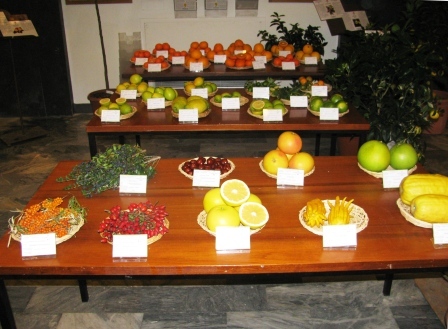I really hate to be a cynical old sourpuss, 1 but I suspect the most interesting thing about today’s High Level Round Table on the International Treaty on Plant Genetic Resources for Food and Agriculture at FAO 2 may well be the display of Italian fruit diversity put on by the Centro di Ricerca per la Frutticoltura.
